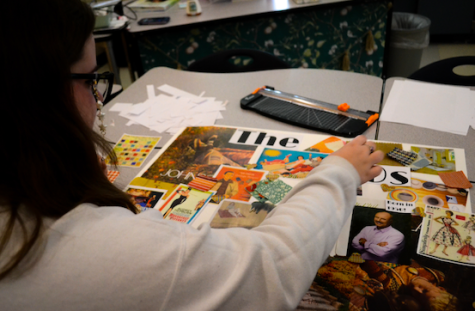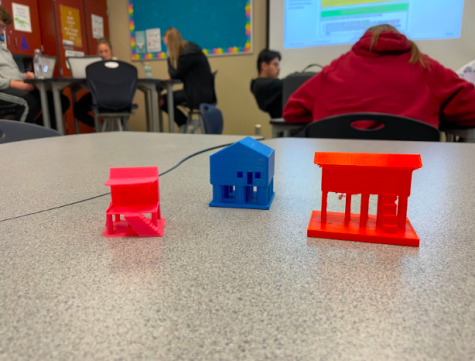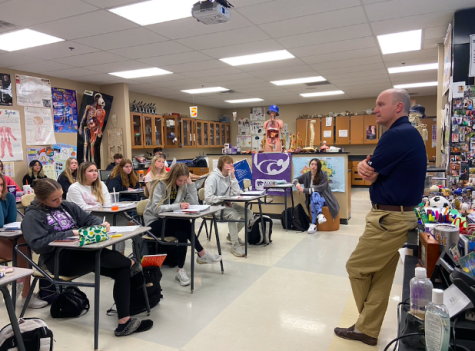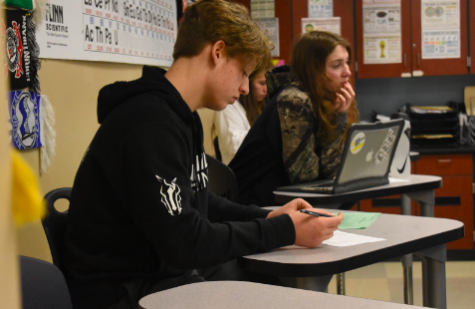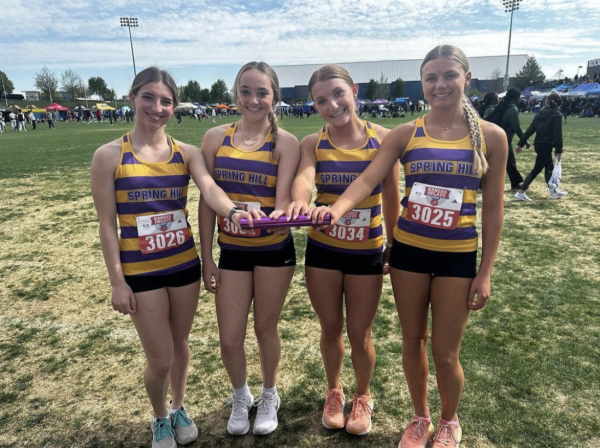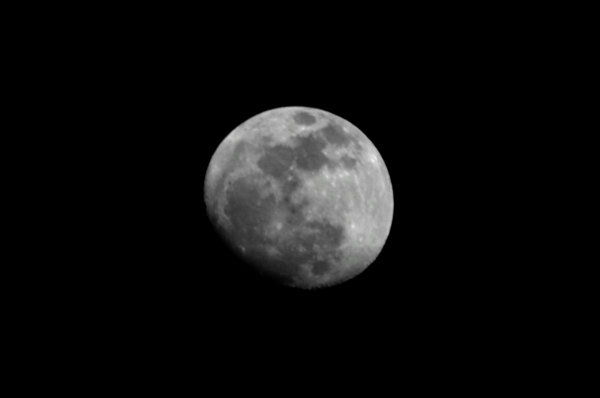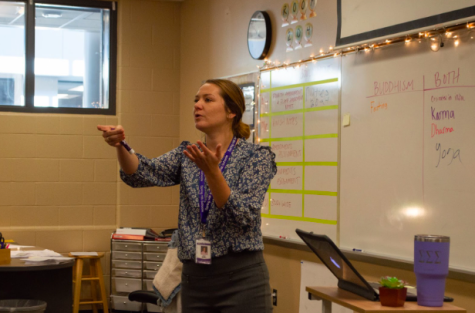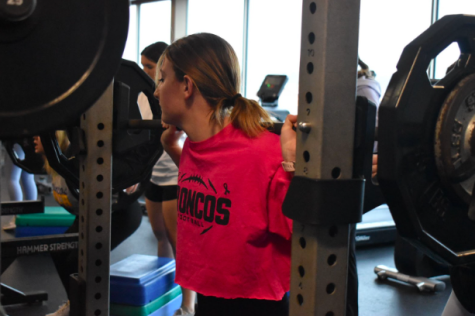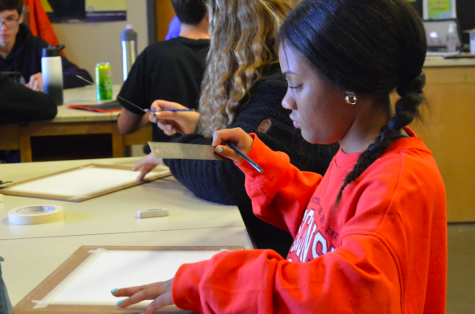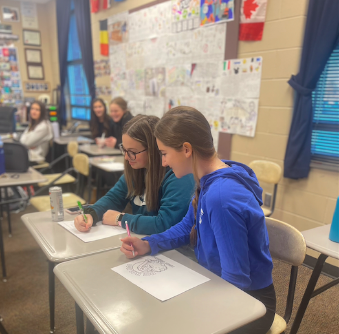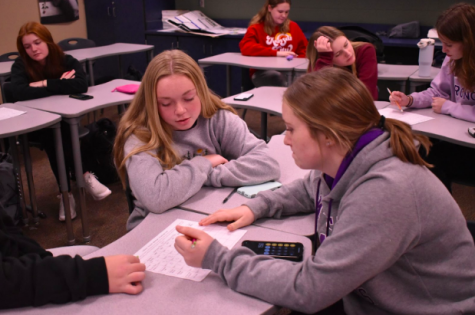Thinking Through A Different Lens
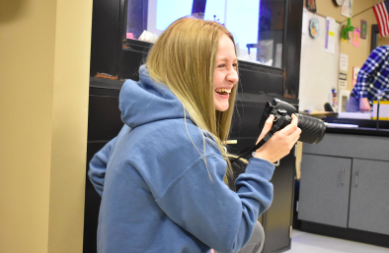
Hadley Booze, 9, takes photos for photo imaging.
Photo imaging students not only have to ensure that their pictures are taken correctly, but also provide entertainment. The creative aspect to photography is often overlooked compared to other art forms. A picture not only shows an event, it tells a story.
“I just think that a picture shares so much more than if you were to describe it [with words]. There’s so much emotion and so much being said in just the way people will look at something or do something,” Grace Parrett, 11, said.
The act of clicking a camera to take a picture is a simple task, but taking memorable pictures requires more work. Verifying that the settings are precise is just the first step in taking a photo correctly.
“The most difficult thing [about taking pictures] is making sure the settings are good [For example,] the gym lighting is just the worst lighting you’ve ever seen. You have to turn the ISO, which helps the lighting go up but also makes the picture grainy, so you want to keep that low, but then you need it for the lighting, so that’s hard,” Callie Holmes, 11, said. “And also the shutter speed, if they’re going really fast you need to turn the shutter speed, which is the thing that makes it stop, so that’s really hard.”
Each student in photo imaging has a different process in getting photos they are satisfied with. Whether they are telling the story of a basketball championship win or a student learning in a history class, the process in which students tell the stories are equally important.
“At a basketball game I try to take a few practice shots… Once [I] start getting into [taking the pictures], I kind of just look for where the action is. I want it to be composed well where [the pictures don’t include] a bunch of people… I try to look for one person that I want to be the center of interest and then I just wait and watch them. Then if they do something cool, I just click [the camera],” Holmes said.
Parrett has a different approach for getting the shots that she is looking for.
“The process [I use] for getting the photo I want is really just … [taking] pictures of whatever I can, whether they turn out good or bad, I just want to get pictures of all the moments,” Parrett said.
Students have to train their brains to think through a different lens while taking pictures. They have to account for many things at once, and even then the picture might not turn out the way they expected.
“If you have something in your mind and it doesnt turn out [correctly] then just thinking of something new in the moment [is difficult],” Holmes said.
There are several different ways to deal with photos that don’t come out as planned.
“[I] retake [the photo], or figure out what I did wrong in the photo shoot and then fix it for the next one… if I can’t then that just might be a bad photo shoot; and that’s okay, it happens,” Addy Horne, 10, said.
With each class, there are highs and lows. For most students, there are more positives to taking the class than negatives.
“For me I’m not a really big art person, I don’t love drawing or stuff like that, I feel like photography is my kind of art. I feel like it’s a puzzle piece I have to put together,” Holmes said.
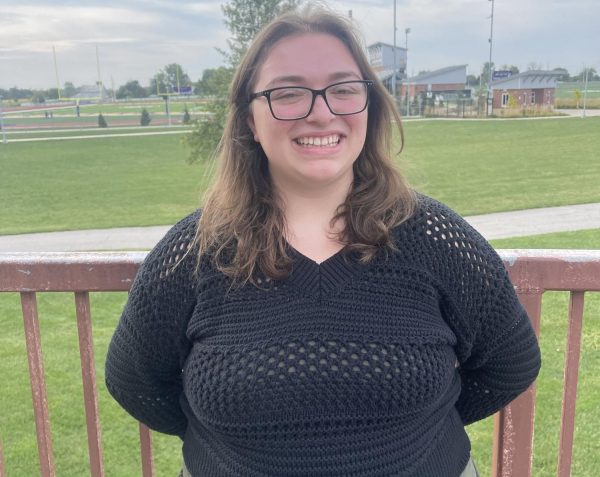
Hi there! My name is Ava and this is my second year in SPUB. I’m the proud website manager of Stampede News! I’m beyond excited to help the website...



